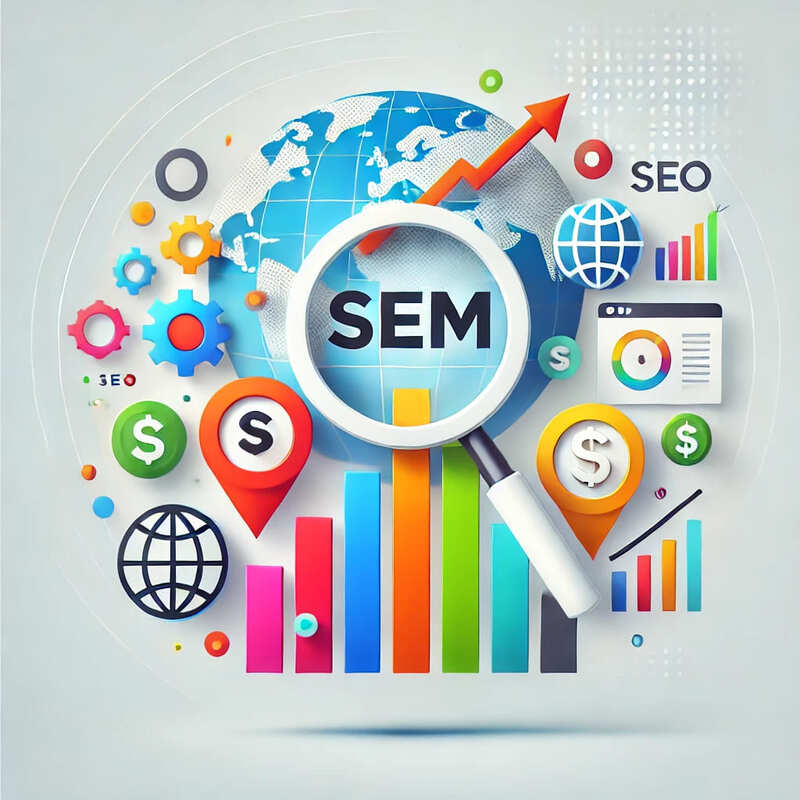
Introduction
Search Engine Marketing (SEM) and Search Engine Optimization (SEO) are vital components of digital marketing, aimed at increasing a website’s visibility in search engine results. While they are often used interchangeably, they serve different but complementary roles in the digital marketing ecosystem. This article aims to provide a comprehensive understanding of SEM and SEO, focusing on their significance, strategies, and best practices in today’s digital landscape.
The Importance of SEM & SEO
Both SEM and SEO serve critical functions in digital marketing:
Search Engine Marketing (SEM)
Search Engine Optimization (SEO)
SEM refers to the paid advertising efforts to increase a website’s visibility on search engines. It primarily involves Pay-Per-Click (PPC) advertising.
Types of SEM
Benefits of SEM
SEO is the practice of optimizing your website to rank higher in search engine results, thereby increasing organic traffic.
Types of SEO
Benefits of SEO
Best Practices
Popular SEM & SEO Tools
Conclusion
Understanding SEM and SEO is crucial for anyone involved in digital marketing. While SEM can offer quick results, SEO is a long-term strategy that builds credibility and organic reach. By understanding the nuances and benefits of both, you can create a more robust and effective digital marketing strategy.